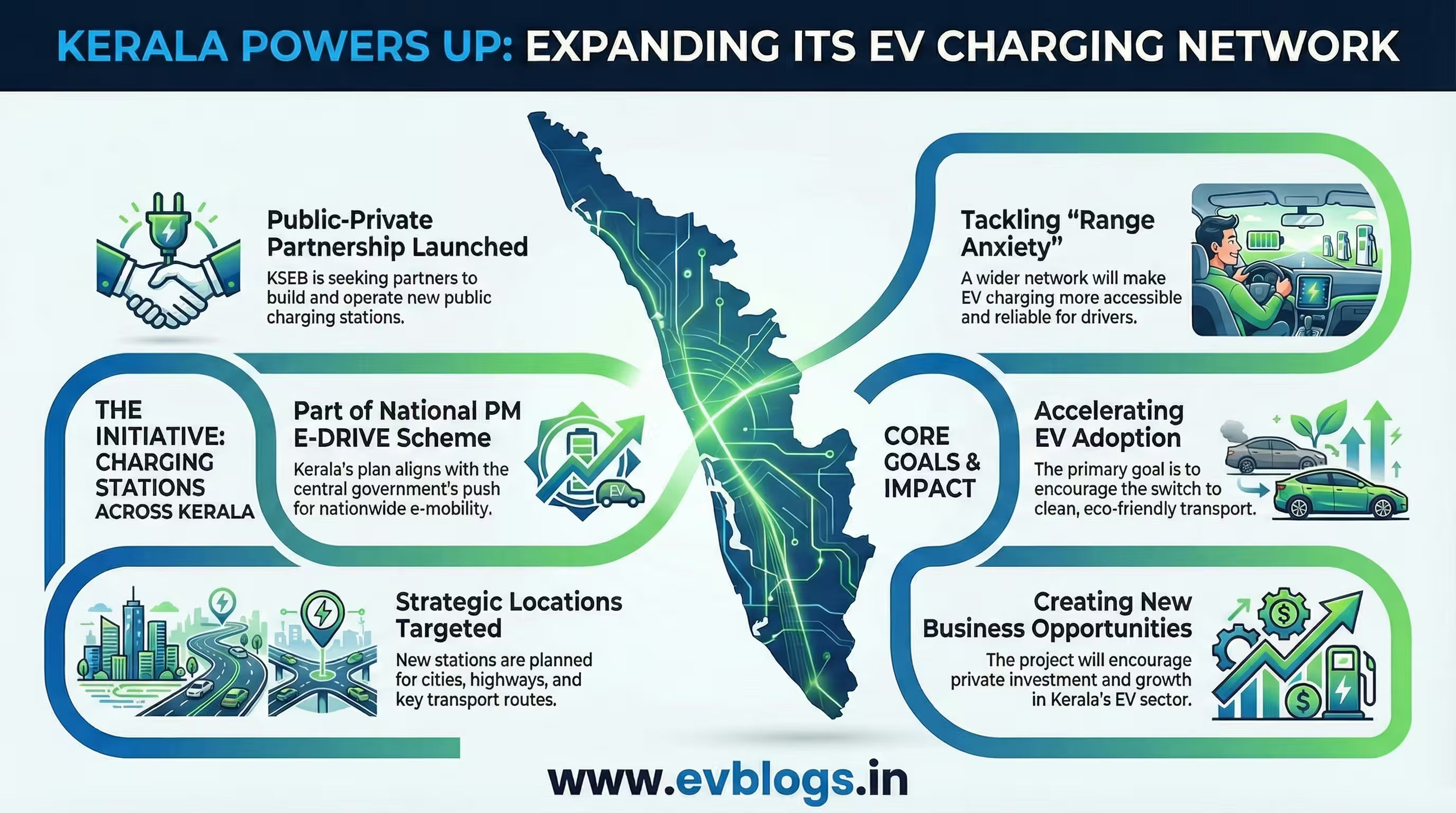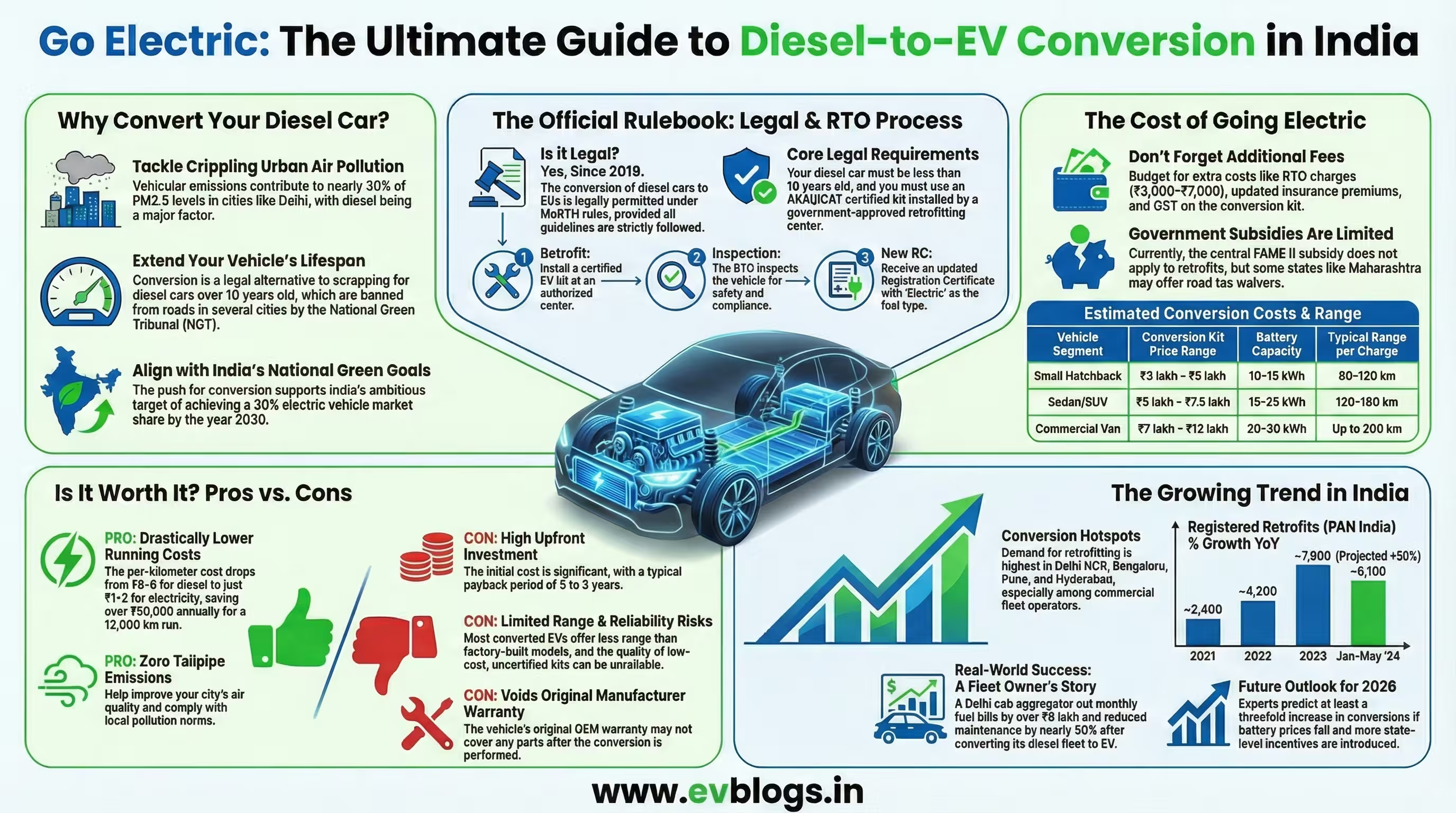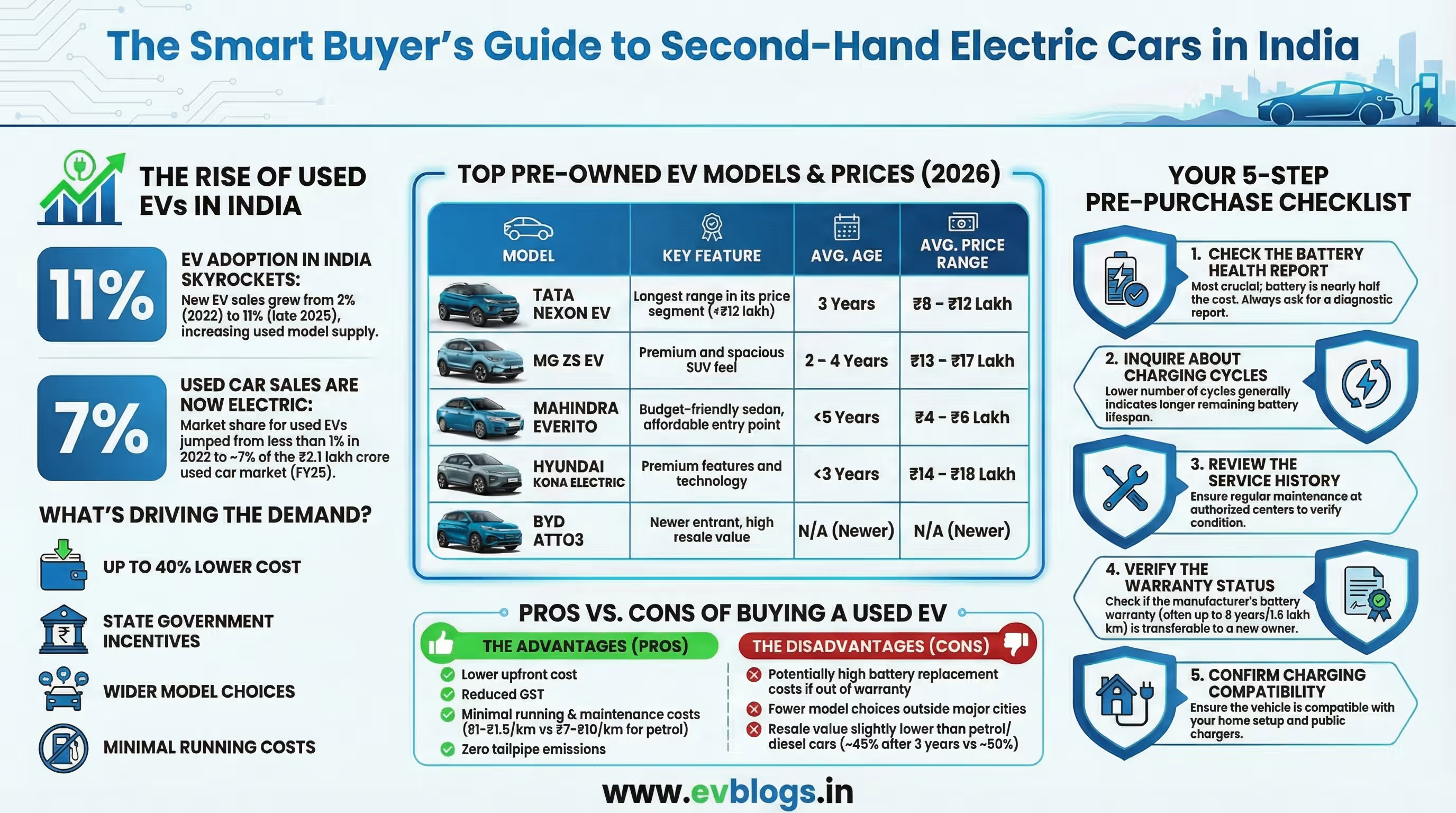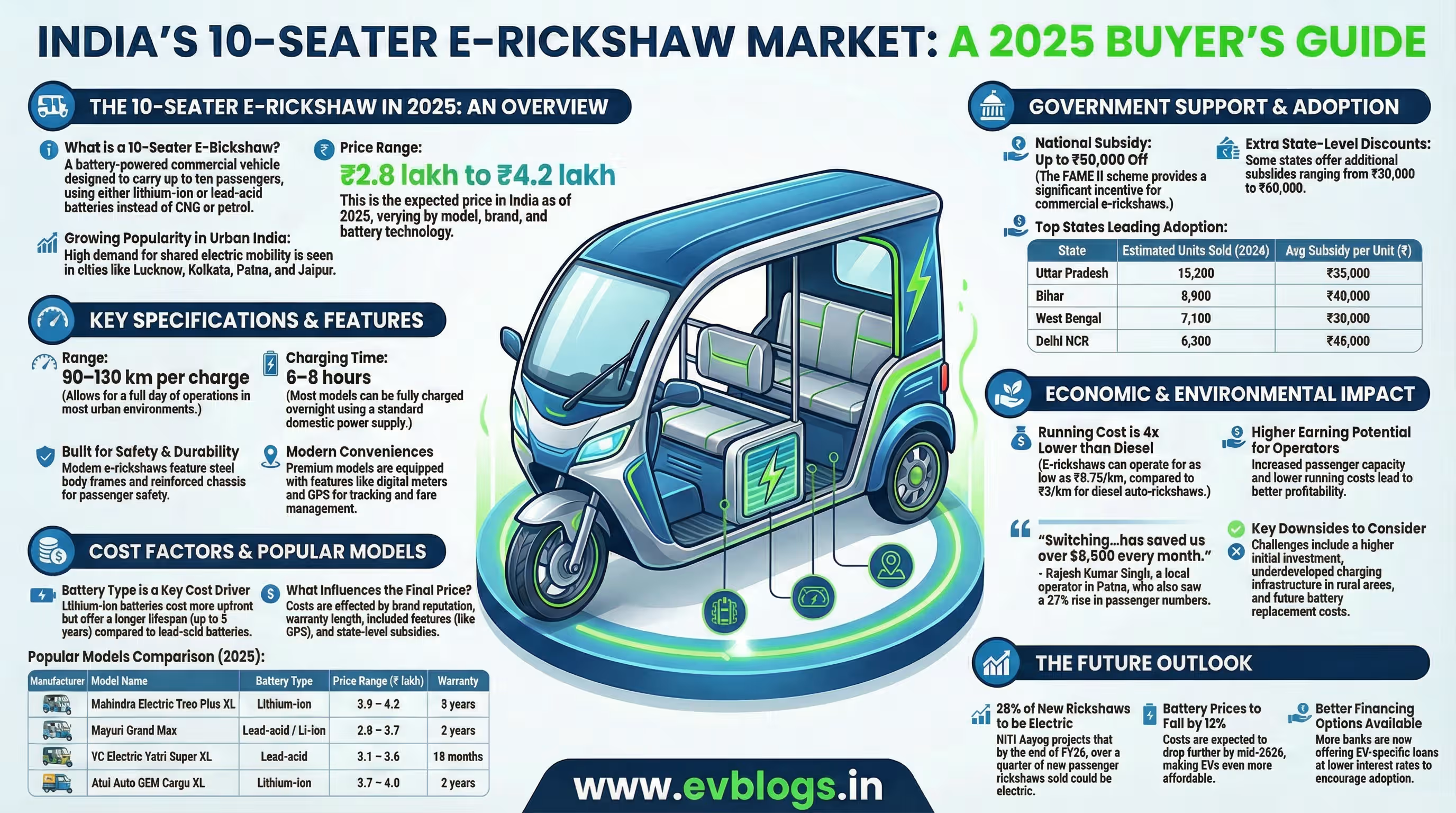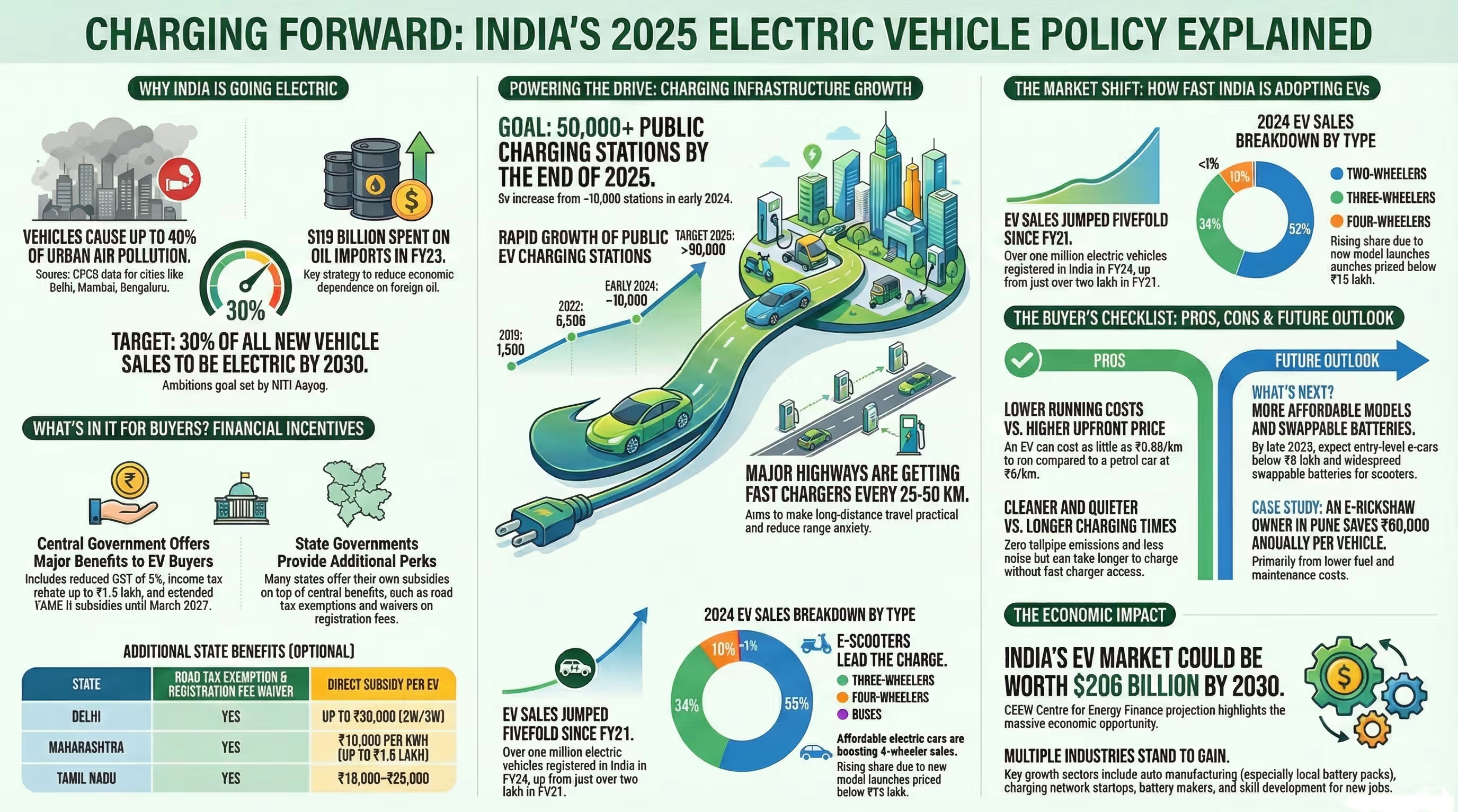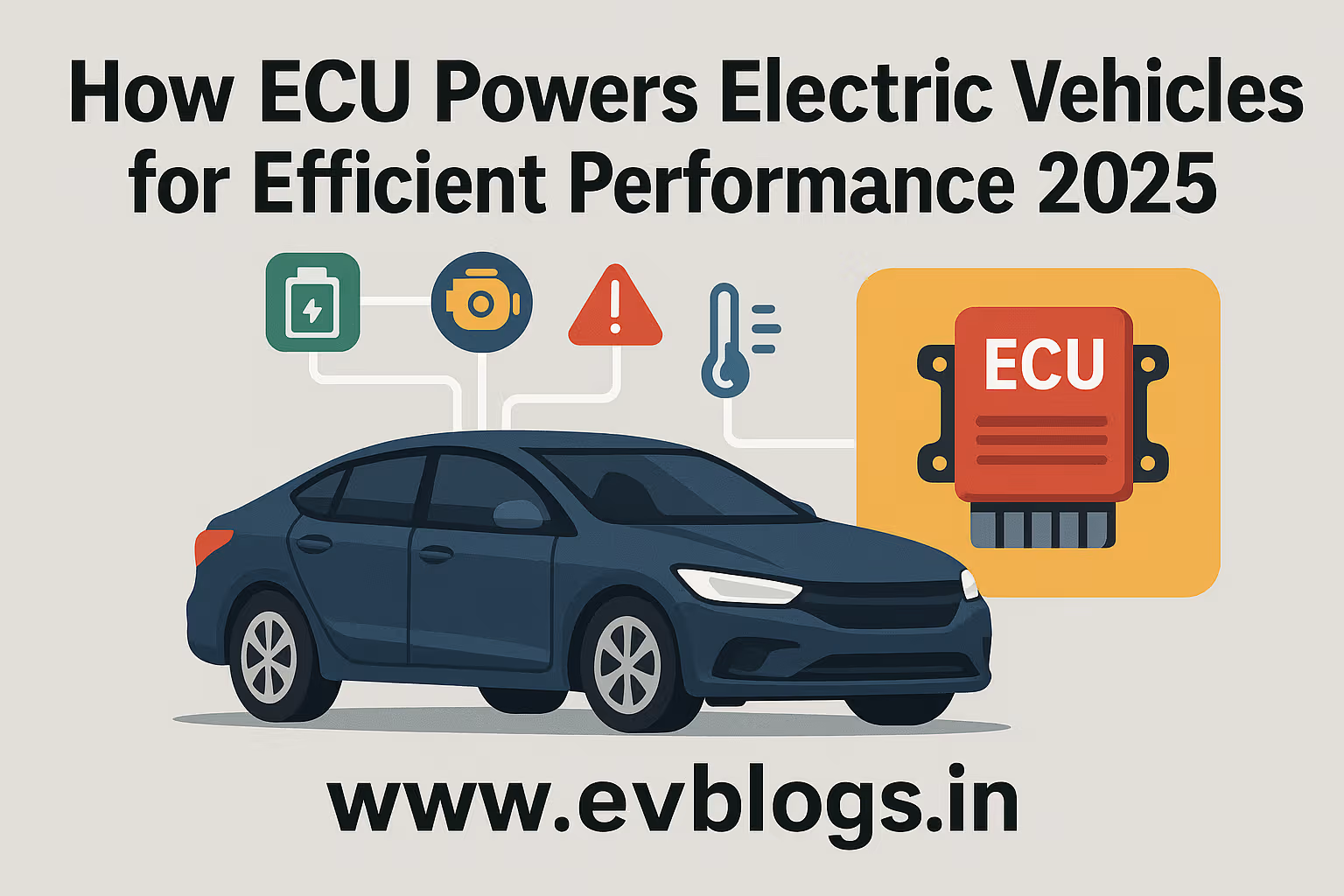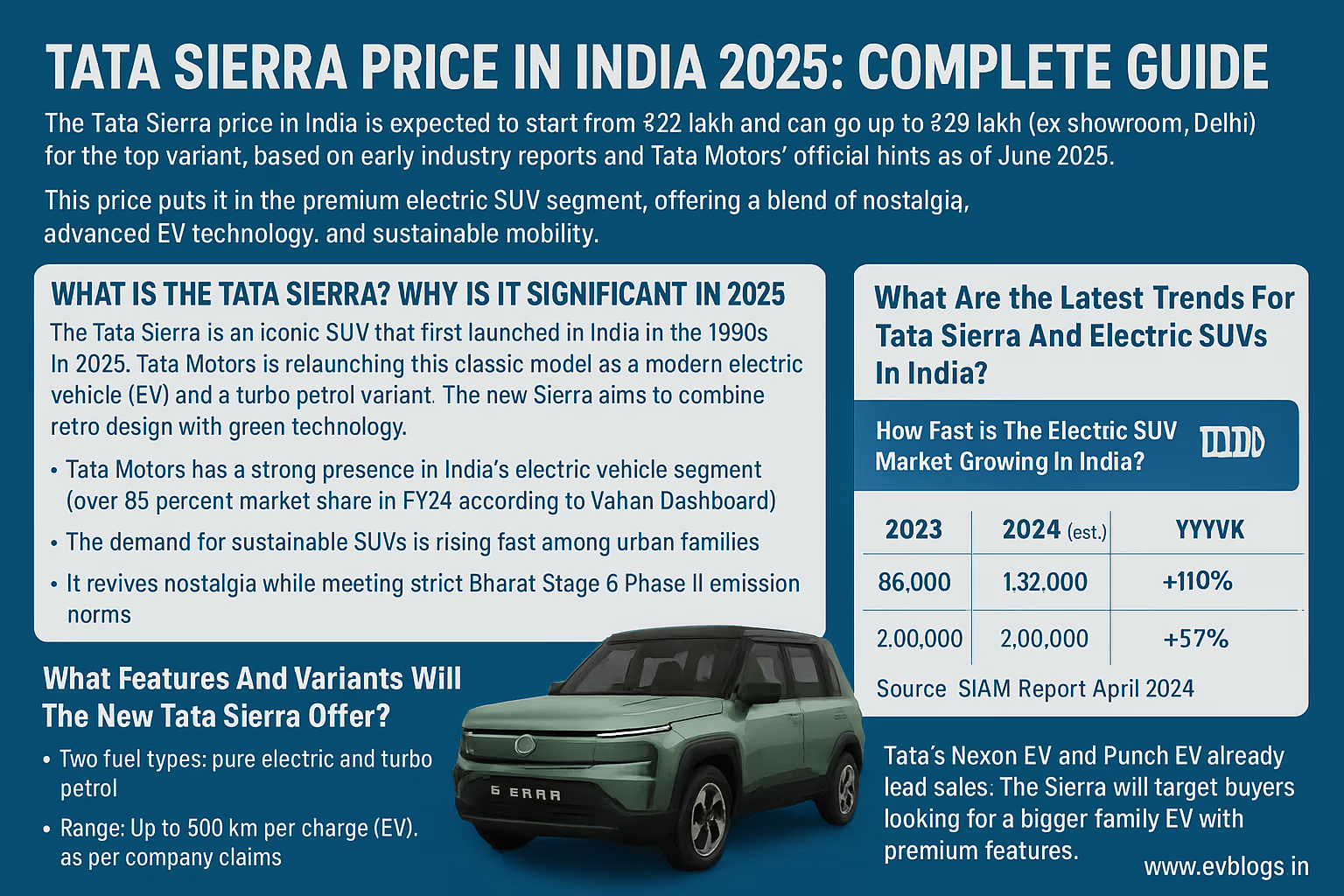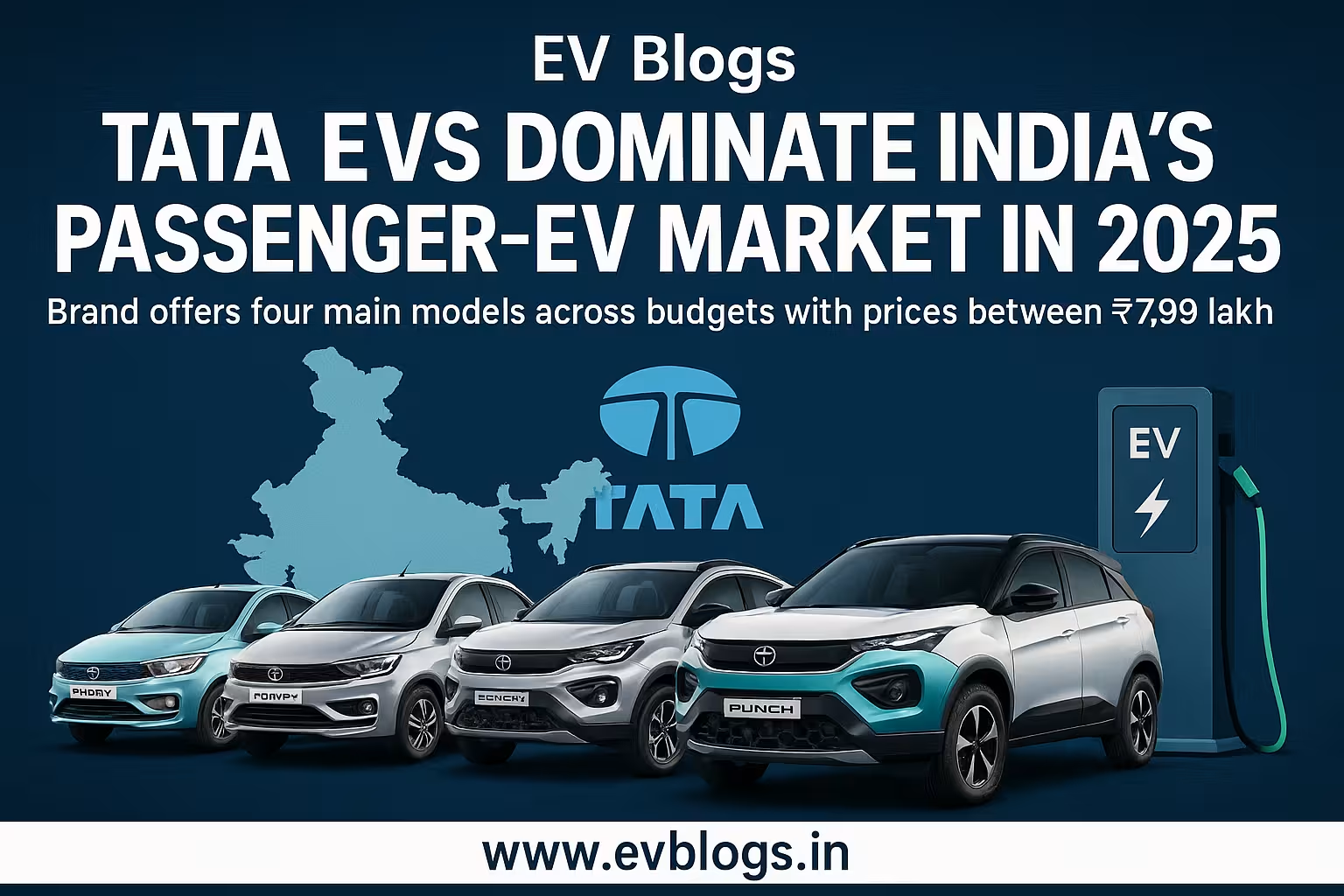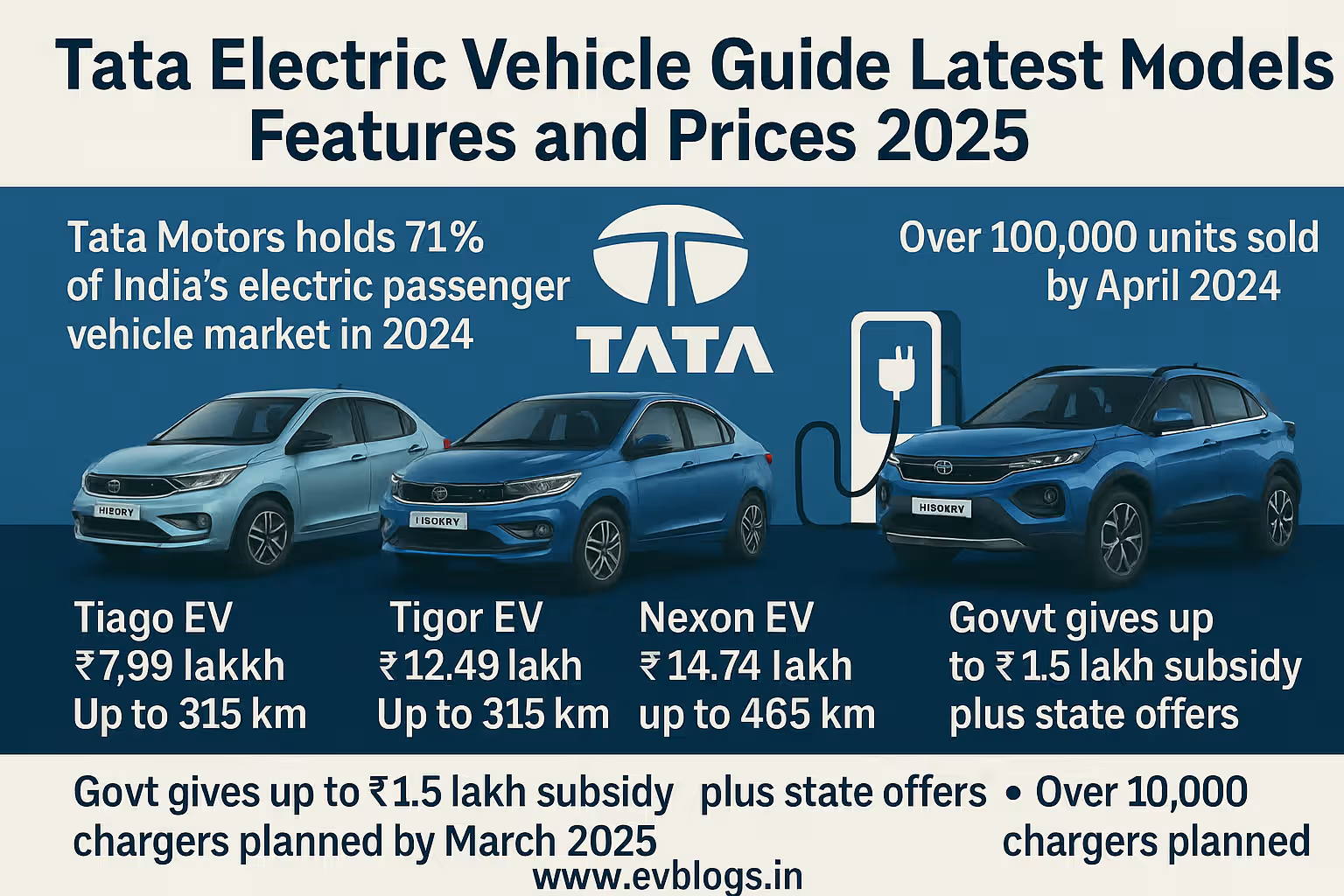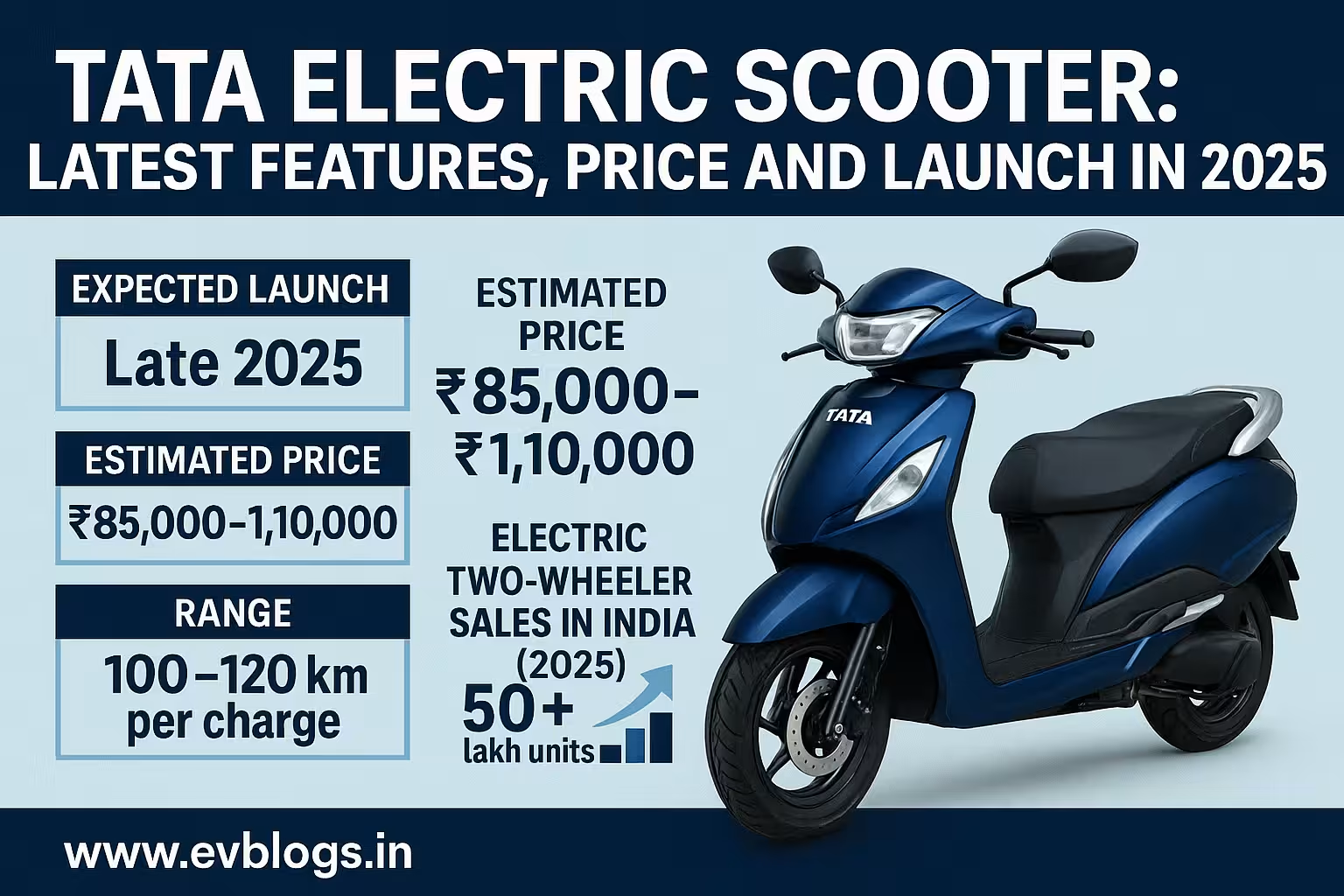Hedhvick Hirav
Hedhvick Hirav is a dedicated EV researcher and editor with over 4 years of experience in India’s growing electric vehicle ecosystem. Their contributions have been recognized in leading sustainability publications and automotive journals.
Summarize & analyze this article with
Choose an AI assistant and open this article directly:
Tip: if the AI doesn’t fetch the page automatically, paste the article URL manually.

Electric Vehicle Subsidy in Punjab: A 2025 User Guide
Electric vehicles (EVs) are fast becoming a cornerstone of India’s sustainable transport revolution. As pollution levels rise and climate concerns intensify, more Indians are turning to electric mobility for cleaner air and lower fuel costs. Punjab, with its rapidly growing urban population and rising vehicle numbers, finds itself at a crucial juncture. The state government has responded by introducing and refining its electric vehicle subsidy programs, aiming to accelerate EV adoption among residents.
But what does the EV subsidy in Punjab actually offer? Who can avail it, and how does it work in practice? This comprehensive 2025 guide breaks down the latest policy, eligibility criteria, benefits, processes, expert insights, and practical tips so you can make an informed transition to cleaner mobility.
Why Electric Vehicles Matter for Punjab
Punjab’s cities—Ludhiana, Amritsar, Jalandhar—face increasing air pollution from the internal combustion engine (ICE) vehicles crowding their roads. The state’s energy consumption is also rising sharply. Switching to EVs offers Punjab tangible benefits:
- Reduced Air Pollution: EVs emit zero tailpipe emissions.
- Lower Running Costs: Electricity is cheaper than petrol or diesel per kilometer.
- Energy Security: Reduces dependence on imported oil.
- Job Creation: New skills and industries around battery assembly, charging networks, and servicing.
- Climate Goals: Supports India’s COP26 commitments and National Electric Mobility Mission Plan (NEMMP).
Recognizing these factors, Punjab rolled out the Punjab Electric Vehicle Policy 2022, updated into 2024–25 to align with central government initiatives like FAME-II (Faster Adoption and Manufacturing of Hybrid & Electric Vehicles).
Key Facts: Electric Vehicle Subsidy in Punjab (2025 Update)
| Feature | Details |
|---|---|
| Launch Year | 2022 (policy), ongoing refinements through 2025 |
| Applicable To | Two-wheelers, three-wheelers, four-wheelers (private/commercial), e-buses |
| Maximum Subsidy | Up to Rs. 1.50 lakh per vehicle category-dependent |
| Additional Incentives | Registration fee waiver, road tax exemption |
| Central Scheme Link | Can be clubbed with FAME-II benefits |
| Charging Infra Support | Up to Rs. 50 lakh grant for public charging stations |
| Validity | Till March 31st, 2027 or as revised |
Who Is Eligible? Understanding the Criteria
The Punjab EV subsidy is available across user segments but comes with specific conditions:
For Individuals
- Resident Status: Must be a resident of Punjab with valid proof.
- Vehicle Type: Purchase of new electric two-wheeler, car/SUV (four-wheeler), or e-auto/three-wheeler.
- Vehicle Model: Only models approved by the Department of Heavy Industries/FAME-II list.
- First Owner: Subsidy is offered only on first-time registration of a new EV.
For Commercial Entities
- Fleet Owners/Businesses: Registered businesses can claim subsidies on eligible commercial vehicles—e-rickshaws, e-carts, goods carriers etc.
- Public Transport Operators: Special incentives for those adding e-buses or shared mobility EVs.
For Manufacturers & Dealers
- Indirect support via demand generation; must ensure vehicles meet eligibility norms.
Special Categories
- Women buyers may receive additional incentives under certain schemes.
- Early-bird adopters (first X registrations per year) may get enhanced benefits.
What Are the Benefits? A Closer Look
Punjab’s subsidy program focuses both on upfront cost reduction and lowering long-term ownership expenses:
Financial Incentives
Direct Purchase Subsidy
- Two-Wheelers: Up to Rs. 10,000–15,000 per eligible scooter/bike depending on battery size (>2 kWh).
- Three-Wheelers/E-Rickshaws: Up to Rs. 30,000–40,000 per vehicle.
- Four-Wheelers (Private Cars): Rs. 50,000–1.50 lakh depending on model price cap (~Rs. 15 lakh ex-showroom).
- E-Buses/Commercial Vehicles: Higher slabs for institutional operators.
Central Government Add-on: FAME-II
If your vehicle qualifies under FAME-II as well as Punjab’s scheme:
- You can combine both subsidies for greater savings (subject to limits).
Waivers & Exemptions
- Road Tax Exemption: Full waiver on road tax for new EVs registered within policy period.
- Registration Fee Waiver: No RTO registration charges on eligible new EVs.
Infrastructure & Ecosystem Support
Charging Station Grants
For local bodies/private players:
- Up to Rs. 50 lakh one-time grant for setting up public charging stations at key urban locations or highways.
Additional Perks
Some municipal corporations offer discounted parking permits for EVs or priority access at select locations.
How to Avail the Subsidy: Step-by-Step Process
Switching to an EV in Punjab is now easier than ever if you follow these steps:
Step 1: Choose Your Eligible Vehicle
- Refer to the official list of FAME-II/Punjab-approved models from your dealer or online government portal.
Step 2: Documentation Preparation
Keep ready:
- Aadhaar card/voter ID/passport (proof of residence)
- PAN card
- Proof of purchase/invoice
- Bank account details
- Vehicle registration documents
- For commercial buyers: GST certificate/business registration proofs
Step 3: Dealer/Portal Application
Most authorized dealers will help you apply at point-of-sale itself:
- Submit required documents during booking/purchase.
- Dealer verifies eligibility and uploads data onto state portal.
- Subsidy amount is deducted upfront from invoice or reimbursed post-purchase (depends on current process cycle).
Step 4: Registration at RTO
Register your vehicle at your local RTO—road tax and registration fee waivers should reflect automatically if processed via authorized channels.
Step 5: Receive Subsidy/Confirmation
For direct transfer models:
- Subsidy credited to buyer’s bank account within stipulated time frame (usually within 60 days).
- Retain all receipts and application copies for future reference/audits.
Tip: Always check official government portals for latest updates or revised documentation requirements before finalizing purchase.
Expert Insights: The Ground Reality in Punjab
To give readers a balanced view beyond policy announcements, we reached out to industry experts and recent EV adopters in Punjab:
Rohit Sharma, auto journalist based in Chandigarh:
“Punjab has seen a steady rise in two-wheeler EV sales since mid–2023 thanks to state support layered over central subsidies. However, consumer awareness about actual processes remains low—many buyers miss out due to incomplete paperwork or opting for non-approved models.”
Dr Neha Sethi, environmental policy researcher:
“A big advantage with Punjab’s approach is its emphasis on charging infrastructure grants alongside buyer subsidies—this dual focus addresses both demand and supply bottlenecks.”
Amrit Singh, Ludhiana-based fleet operator:
“For commercial fleet owners like us running e-rickshaws and delivery vans, cumulative savings from fuel plus tax waivers add up quickly—even more so when combined with municipal incentives.”
Practical Tips & Comparisons for Buyers
How Does Punjab Compare With Other States?
Punjab’s subsidy structure is competitive among northern states—but certain southern states like Tamil Nadu or Delhi NCR offer marginally higher caps especially for four-wheelers or have faster disbursal cycles.
| State | Max Four-Wheeler Subsidy | Road Tax Waiver | Charging Infra Grants |
|---|---|---|---|
| Punjab | Rs. 1.5 lakh | Yes | Up to Rs. 50 lakh |
| Delhi | Rs. 1.5 lakh | Yes | Yes |
| Maharashtra | Rs. 1 lakh | Yes | Yes |
| Tamil Nadu | Rs. 1 lakh | Yes | Yes |
Note: Actual benefits vary by year/model/buyer category.
Maximizing Your Benefits: Actionable Advice
- Buy Early: Early adopters sometimes get higher benefits; check if “first X” buyer clauses apply each year.
- Verify Model Eligibility: Only buy from dealers selling government-approved makes/models; avoid unlisted imports.
- Documentation Diligence: Incomplete paperwork is the top reason for delays/rejections—double-check everything!
- Explore Bundled Offers: Some manufacturers/dealers bundle additional discounts during festival seasons alongside subsidies.
- Plan Charging Solutions: Take advantage of workplace/home charger grants if available; public infrastructure is expanding fast but can be patchy outside major cities.
Common Use-Cases Benefiting From the Subsidy
Here are real-world scenarios where individuals/groups in Punjab stand to benefit most:
Urban Commuters
Daily city riders switching from petrol scooters/cars save substantially on fuel while enjoying smoother rides and lower maintenance bills.
Delivery & Logistics Startups
E-commerce delivery agents using e-rickshaws/cargo bikes cut operational costs dramatically compared to diesel mini-trucks—incentives reduce initial investment barriers.
School Buses & Public Transport Fleets
Institutions retrofitting fleets with e-buses benefit from higher institutional subsidy slabs plus long-term operational savings.
Women Entrepreneurs/Self-help Groups
Special bonuses empower women-led groups running shared mobility services using subsidized e-autos/e-rickshaws.
Frequently Asked Questions (FAQ)
Q1: Can I combine both central FAME-II subsidy and Punjab state subsidy?
Yes—if your chosen vehicle model qualifies under both schemes; dealers usually facilitate combined processing subject to respective caps/limits.
Q2: Are used/second-hand electric vehicles eligible?
No—the subsidy applies only to first-time purchase/registration of brand-new vehicles meeting policy criteria.
Q3: How long does it take to receive the subsidy amount?
Typically within 60 days post-registration if all documentation is correct; delays may occur during high-volume periods or due to incomplete paperwork.
Q4: Is there an income limit for availing the subsidy?
No general income cap exists—but some targeted schemes (e.g., additional incentives for women/welfare groups) may have such filters; check official notifications annually.
Q5: What happens if I sell my subsidized EV within a year?
Early resale may trigger clawback/recovery provisions—buyers must retain their subsidized vehicle as primary owner for a minimum period (usually one year).
Q6: Do commercial vehicles get different subsidies than private buyers?
Yes—commercial/fleet operators often have separate slabs which may be higher depending on vehicle type/use-case; check latest guidelines before applying.
Conclusion & Next Steps: Making Your Move Towards Clean Mobility
Punjab’s electric vehicle subsidy program represents not just financial assistance but a concerted push towards greener roads and healthier communities statewide. By combining upfront cost reductions with ongoing exemptions on taxes and innovative grants for charging infrastructure development, the state aims to make electric mobility accessible—and attractive—to all segments of society.
If you’re considering an EV purchase in Punjab in 2025:
- Research eligible models carefully,
- Prepare all necessary documents,
- Work closely with authorized dealers,
- Monitor official portals for updates,
- Leverage both state and central incentives wherever possible,
- And plan charging solutions ahead of time!
With robust government support layering over practical user benefits—from lower running costs to cleaner air—the path towards electrification has never been clearer nor more rewarding in Punjab than it is today.


